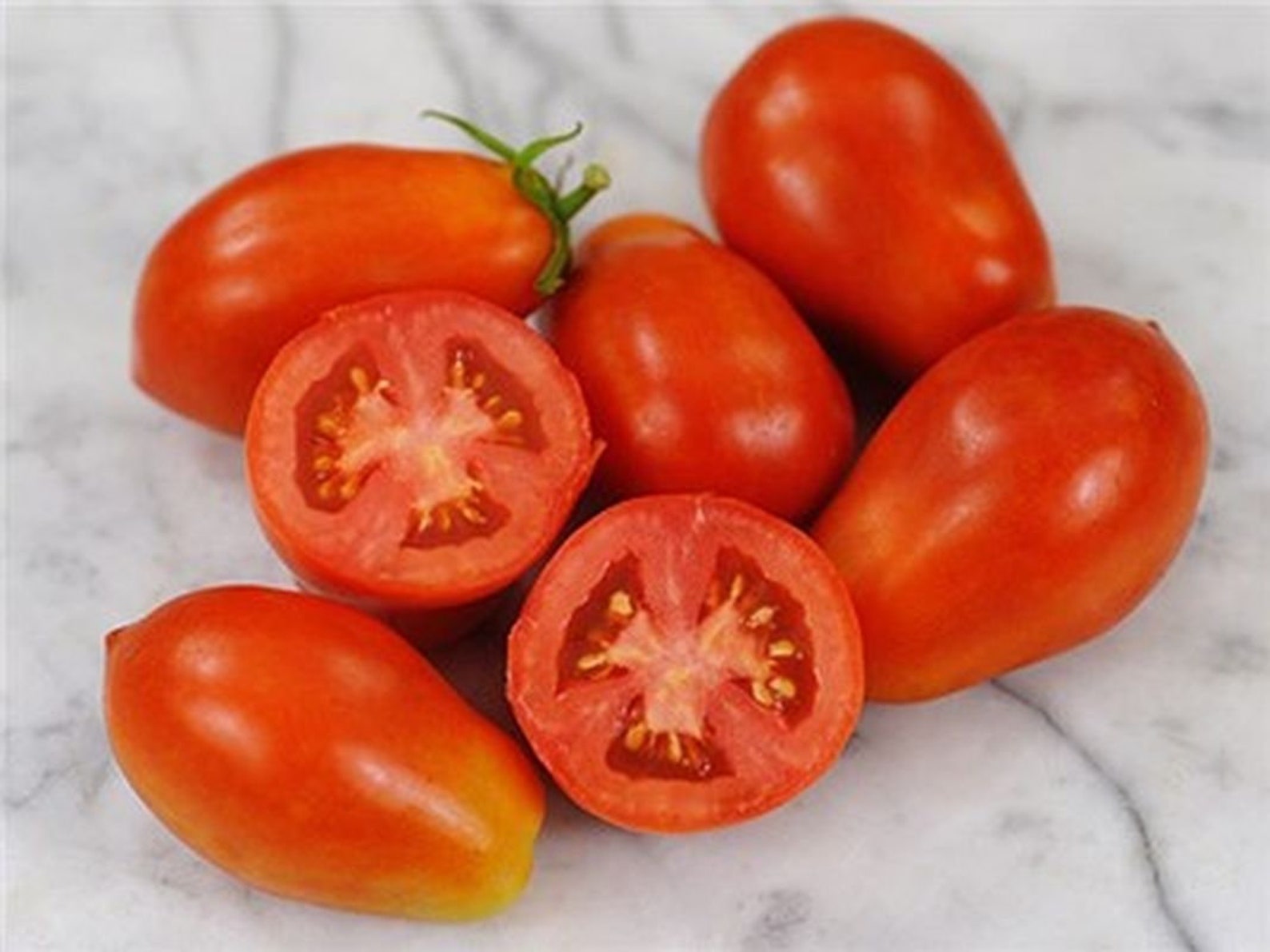The Martino’s Roma tomato is an heirloom variety that has been grown for generations It is prized for its excellent flavor and meaty flesh which makes it perfect for sauces and canning But many gardeners wonder – is the Martino’s Roma determinate or indeterminate?
Key Differences Between Determinate and Indeterminate Tomatoes
Before diving into the specifics on the Martino’s Roma it’s helpful to understand the key differences between determinate and indeterminate tomatoes
-
Growth habit: Determinate tomatoes grow to a compact, bushy size of around 3-4 feet tall. Their vines stop growing once fruit sets. Indeterminate vines keep growing and spreading all season long, reaching up to 6 feet or more.
-
Fruiting: Determinate tomatoes tend to ripen most of their crop at once, while indeterminate tomatoes have staggered ripening over an extended period.
-
Pruning: Determinate tomatoes do not need pruning. Indeterminate tomatoes usually benefit from pruning and trellising to control their growth.
-
Planting: Determinates work well in containers. Indeterminates need a big garden space for their sprawling vines.
-
Yield: Indeterminate varieties generally have higher yields over a whole season. Determinates produce their crop within a shorter window.
The Martino’s Roma Tomato is Determinate
The Martino’s Roma tomato is a determinate variety. Here are some key signs that point to its determinate growth:
-
It reaches a compact height of around 3-4 feet at maturity. The vines do not keep growing continuously like an indeterminate.
-
The bulk of the crop ripens within a 2-3 week window. This concentrated fruiting is typical of determinate tomatoes.
-
No pruning is needed to control its size. Determinate tomatoes naturally stay bushy and self-supporting.
-
It can thrive in a container or smaller space, typical for determinate varieties.
The seed catalogs that sell the Martino’s Roma tomato confirm that it is determinate. The compact bushy plant habit and simultaneous ripening over a short period are defining traits of a determinate tomato.
Ideal Conditions for Growing Martino’s Roma
Now that we know Martino’s Roma is a determinate tomato, understanding its ideal growing conditions will help ensure a successful crop:
-
Sunlight: At least 6-8 hours of full sun per day is best. Determinates can tolerate some shade but thrive in maximum sunlight.
-
Soil: Rich, well-draining soil amended with compost gives the best results. Tomatoes are heavy feeders and benefit from consistent moisture.
-
Temperature: Ideal daytime temperatures are 70-85°F, and nights around 60-70°F. Tomatoes suffer below 50°F.
-
Growing zones: Martino’s Roma thrives in zones 3-9. Start seeds 6-8 weeks before last expected frost.
-
Spacing: Allow 18-24 inches between plants in rows 2-4 feet apart. More spacing reduces disease.
-
Support: Short cages, stakes, or trellises help support the bushy determinate plants once laden with fruit.
-
Pruning: No pruning is needed since it’s determinate. Just remove lower suckers and leaves touching the ground.
-
Yield: Expect around 6-12 pounds of fruit per plant. Determinates have moderate yields over a short harvest window.
Key Tips for Cultivating Martino’s Roma
Here are some top cultivation tips for getting the best results from Martino’s Roma tomato plants:
-
Amend soil with aged compost or manure 2-3 weeks before transplanting seedlings. Determinates need nutrient-rich soil.
-
Use fertilizer higher in phosphorus and potassium than nitrogen, which promotes fruiting over leafy growth.
-
Consistent watering of 1-2 inches per week, avoiding wet foliage, gives the best flavor. Use drip irrigation or soaker hoses.
-
Apply thick mulch around plants to retain moisture and reduce weeds. Determinates have concentrated shallow roots.
-
Monitor for pests like hornworms, cutworms, whiteflies and target them early. Determinates have a shorter window to rebound.
-
Harvest ripe fruits promptly before they split. Check plants daily once fruits start reddening.
-
Stake or cage plants early to prevent slumping branches when fruits weigh them down.
Best Uses for the Versatile Martino’s Roma
This determinate heirloom tomato shines in the kitchen and garden:
-
Its meaty, plum-shaped fruits are ideal for cooking down into thick, rich sauces and pastes. The flesh is less juicy and fewer seeds.
-
The concentrated ripening of a determinate tomato makes the Martino’s Roma perfect for canning big batches of sauce at once.
-
The compact size of just 3-4 feet wide suits small gardens, containers, urban settings with less room to spread out.
-
As an heirloom variety, Martino’s Roma offers exceptional old-fashioned tomato flavor that stands out in recipes.
-
The shorter growing season of a determinate tomato like Martino’s Roma extends options for northern gardeners with shorter summers.
Determinate vs Indeterminate Tomatoes – Garden Quickie Episode 156
FAQ
Which tomatoes do you prune determinate or indeterminate?
Should you prune roma tomato plants?
How tall do determinate Roma tomatoes grow?
|
Common Name:
|
Roma tomato, paste tomato
|
|
Plant Type:
|
Annual, vegetable
|
|
Size:
|
3-5 ft. tall, 2-4 ft. spread
|
|
Sun Exposure:
|
Full
|
|
Soil Type:
|
Loamy, well-drained
|
How can you tell if a tomato is determinate or indeterminate?
- The Ultimate Guide to Growing Strawberries in Raised Beds - August 8, 2025
- No-Dig Garden Beds: The Easiest Way to Grow a Beautiful Garden - August 6, 2025
- How to Protect and Preserve Wood for Raised Garden Beds - August 6, 2025

